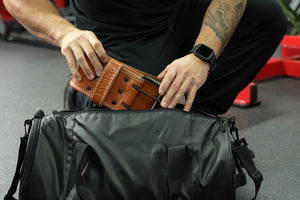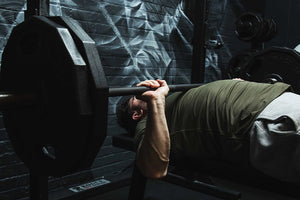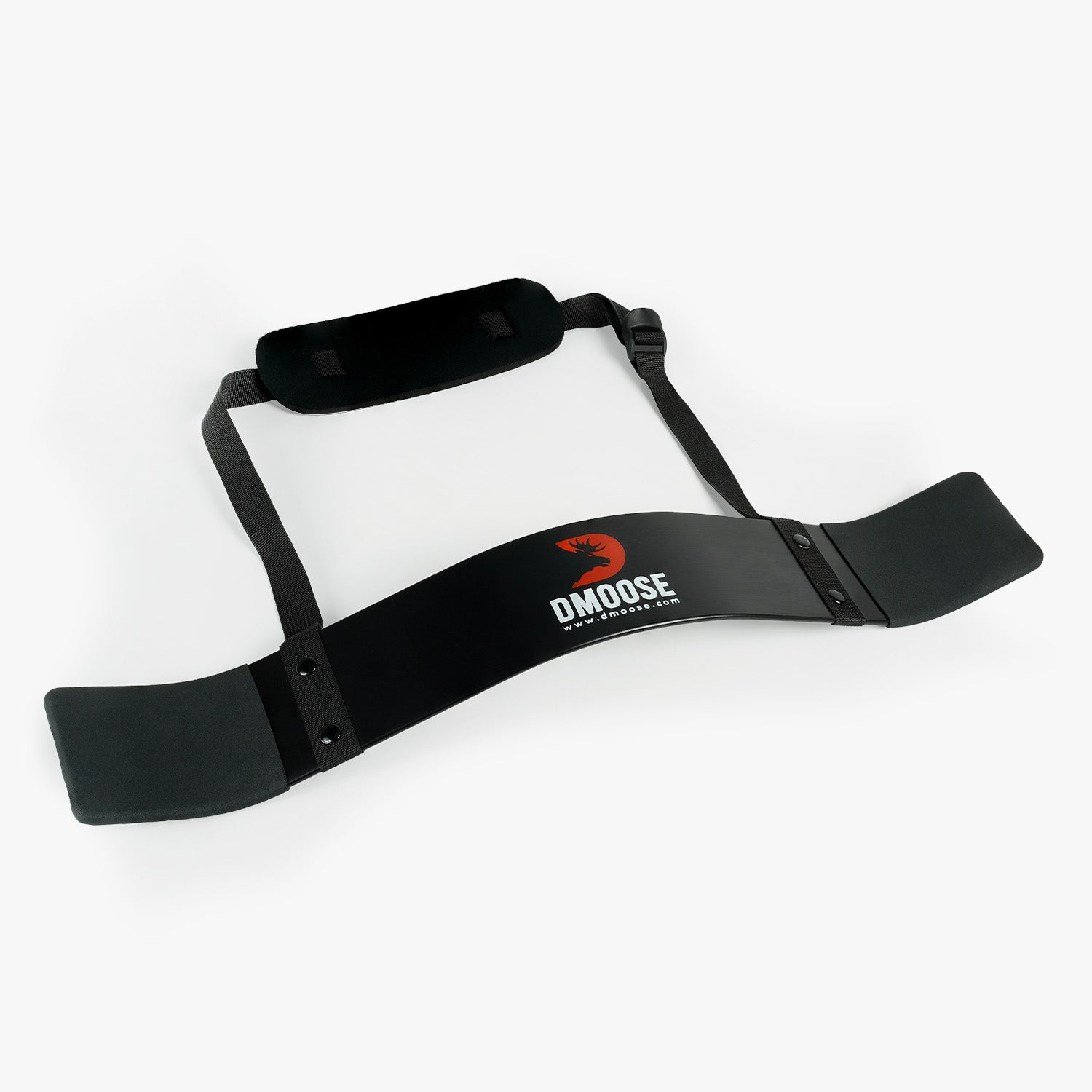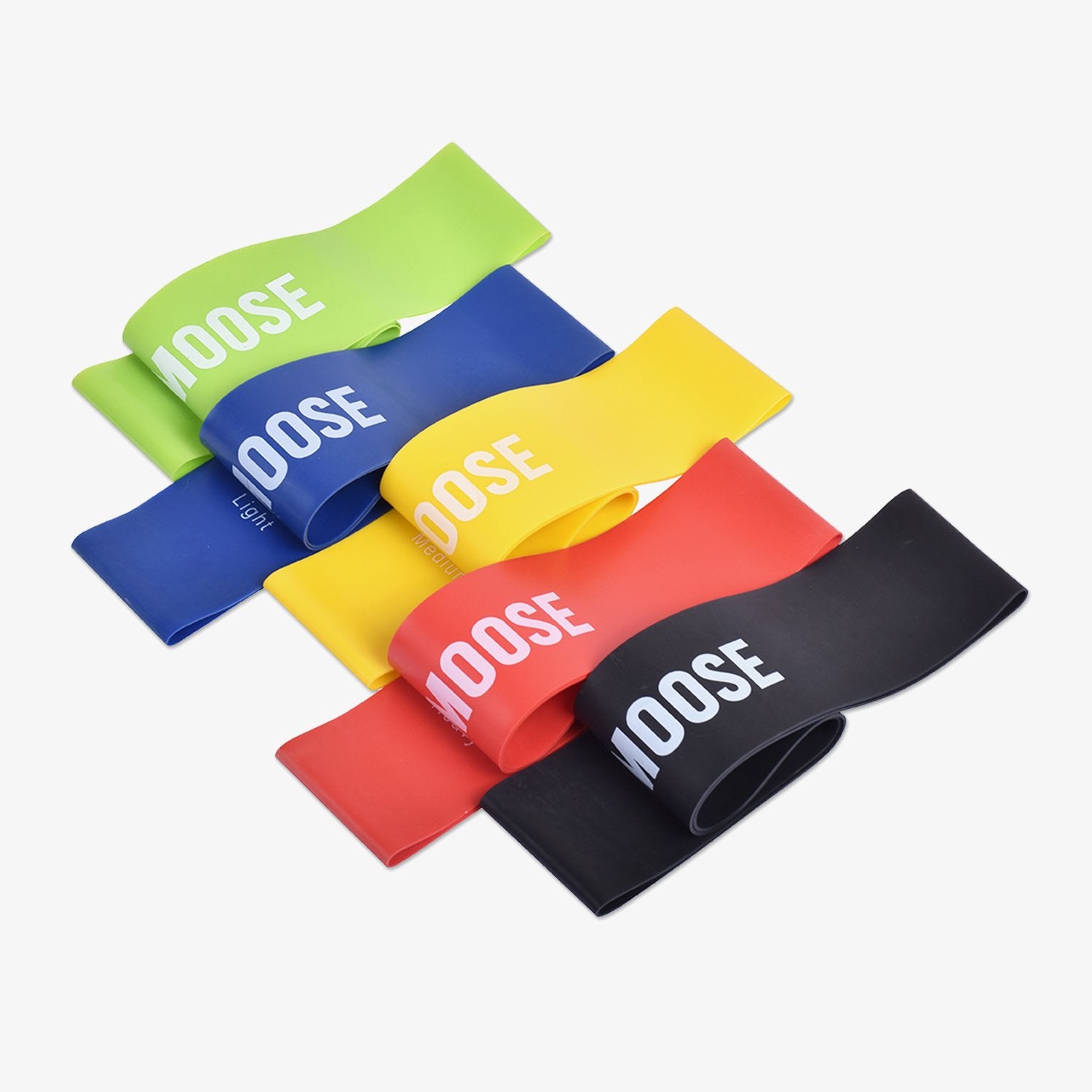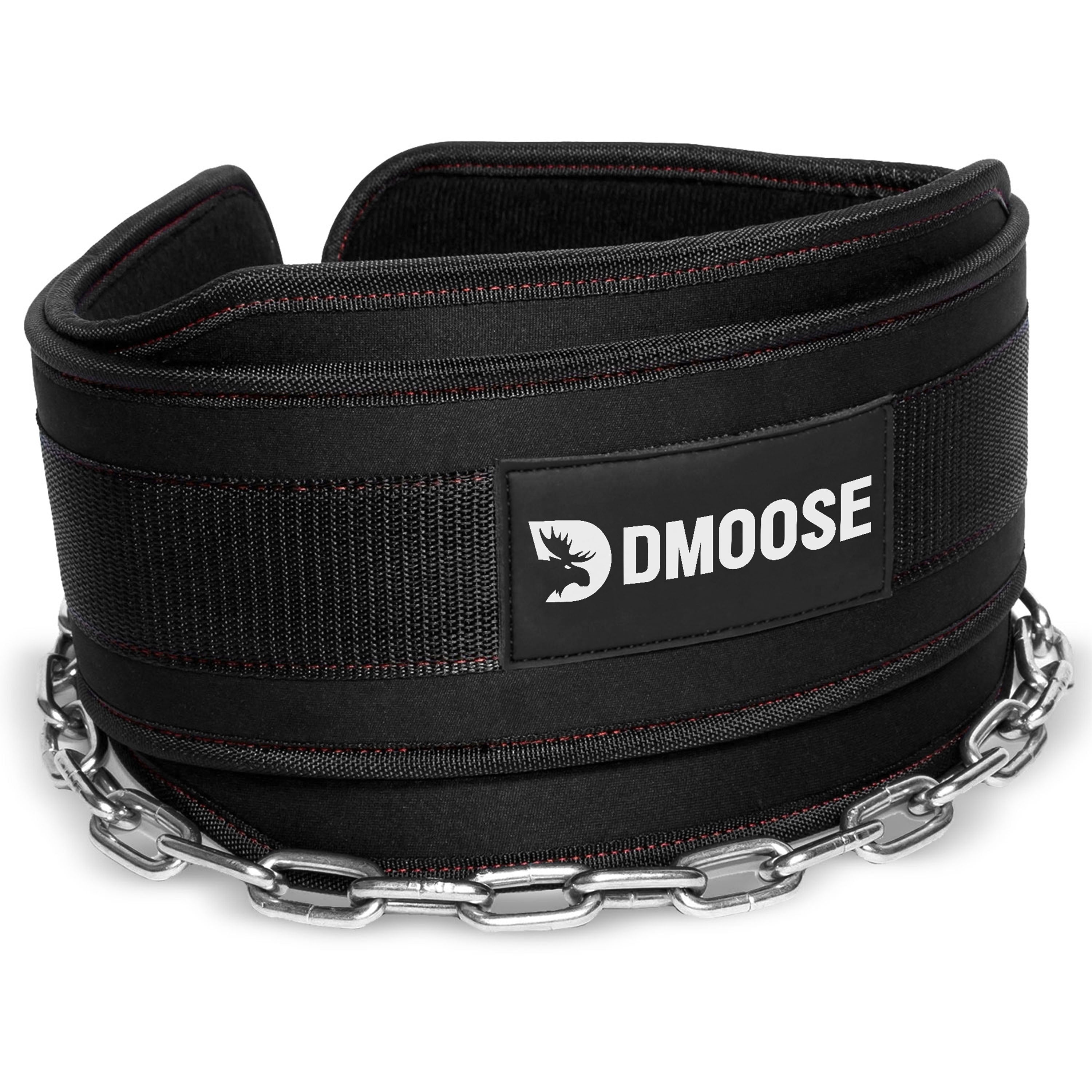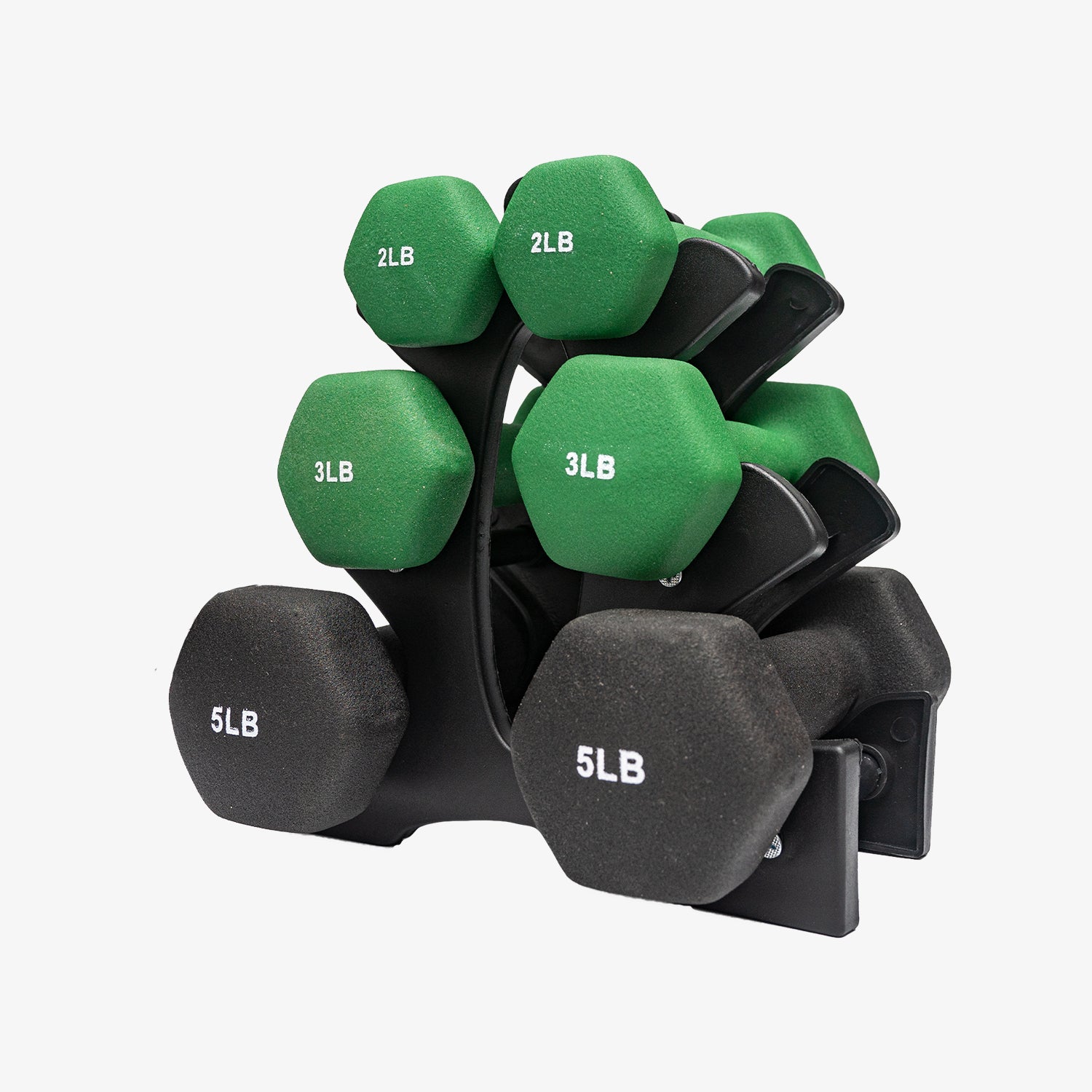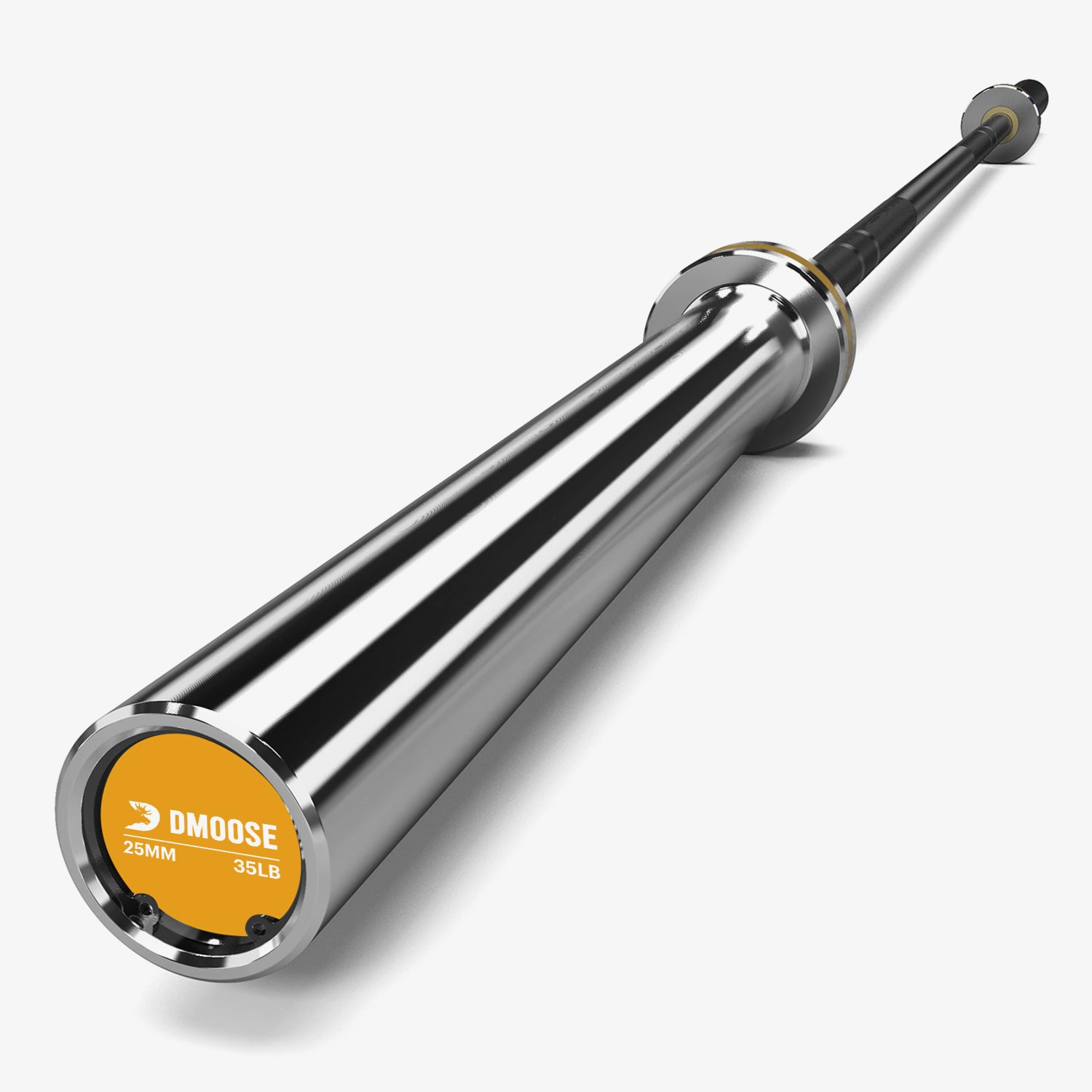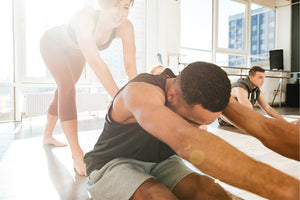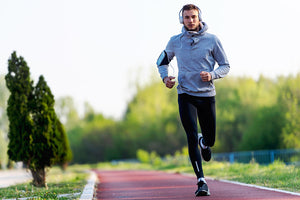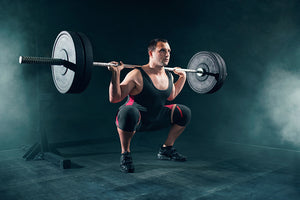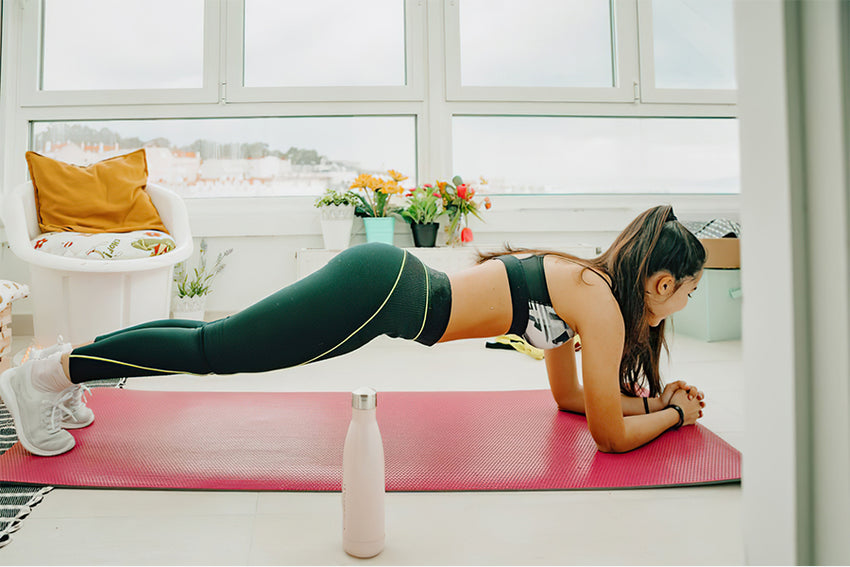Do you ever notice how some runners are just so fast? And then there are the remaining ones, us, who always seem to struggle to keep up. Well, believe it or not, weightlifting may be the answer to your running woes!
Contrary to popular belief, this form of exercise can actually help improve running performance by increasing muscle mass and strength. A recent study found that weightlifters improved their 5k race times by an average of 31 seconds! Start hitting the weight room if you want to take your running game up a notch!
When Should Runners Start Lifting Weights
Most runners have a love-hate relationship with lifting weights. They know that lifting can make them faster and stronger, but they also hate spending time in the gym when they could be out on the open road.
The question of when to start lifting weights is contentious, and there is no easy answer. However, most runners can benefit from adding weight training to their regime, even if it's just a few simple exercises to improve core stability.
The golden key is to see a balance that works for you and to listen to your body. If you start lifting weights and find that you are too sore from running, back off and focus on running for a while. However, if you can integrate weightlifting into your training schedule without sacrificing your running mileage, you will likely see some benefits in terms of speed and strength.
So experiment a little and see what works for you. You may be surprised at how much Lift weights can help your running.
How Lifting Weights Help Runners
Not only does lifting weights potentially reduce your injury risk by correcting muscle imbalances and improving muscle activation, but it can also increase the efficiency of your running biomechanics, resulting in improved running performance.
In other words, lifting weights can make you a better runner! So if you're looking to take your running game to the next level, hit the weight room and start strength training.
Related Article: Beef Up Your Bench Press - 10x3 Workout Program
How Much Should You Lift
How much weight should you lift to improve your running? It's a question that has been discussed for years with no clear outcomes. Some experts say that lifting heavy weights will make you slower and bulkier, while others argue that lifting lighter weights won't do anything to improve your speed or endurance. So who's right?
The truth is, there's no definitive answer. It depends on some factors, including your goals, current fitness level, and personal preferences. If you're just starting, you should lift lighter weights to avoid injury. As you get stronger, you can continue increasing the weight you lift. And if you're aiming to be a competitive runner, you might need to lift heavier weights to help improve your performance.
Ultimately, the best way to figure out the amount of weight you should lift is to test and see what works best for you. Begin with light weights and gradually increase the amount as you get stronger. And don't hesitate to ask for help from a certified personal trainer if you're unsure where to start.
Related Article: How to Strengthen Your Shoulders and Get the Muscles You Want
TRENDING ARTICLES
How Long a Weightlifting Session for Runners Should Be
A regular lifting routine can help to increase your muscle strength and endurance, both of which are essential for runners. And don't worry — you don't need to spend hours in the gym to see results.
Just 30-60 minutes per session, 2-3 times per week, should do the trick. Regarding exercises, aim for full-body movements that work for multiple muscle groups simultaneously. This will help you make the most of your time in the gym. And finally, don't forget to warm up and cool down properly before and after your session.
Related Article: Top 7 Benefits of Wearing Compression Arm Sleeves
Key Strength Training Exercises for Runners
As any runner knows, the key to success is consistency. However, even the most dedicated runners can benefit from mixing up their routines with strength-training exercises. Here are a few exercises that can help improve your running performance:
Push Ups

Push-ups can help improve your running economy by increasing the power and efficiency of your arm swing. And if that wasn't enough, they're also a great way to improve your running posture and prevent injuries.
How to do it?
- Lie on a mat with both hands on either side of your chest.
- Make sure that by pulling in tight and tucking their toes under, they will feel more comfortable doing this position at home or running outside.
- As you press down with your hands, try straightening your body like a board. Avoid tiring or stretching any muscles.
- Keeping your arms completely extended, lower yourself back down to the floor and repeat.
Dumbbell Row

The Dumbbell Row is a great exercise for runners looking to build strength in their upper bodies. By working the muscles in the back, shoulders, and arms, the Dumbbell Row helps to create a more balanced runner.
How to do it?
- Start by putting your left knee and hand on a bench.
- Take a position where your arm is extended towards the floor, with a dumbbell in hand.
- Keeping your elbow close to your waist, pull the weight towards you, then lower it back down.
Triceps Dips

Triceps dips are essential for any runner looking to build upper body strength. While most people think of running as a leg-intensive activity, the truth is that strong arms are just as important. By increasing the power and endurance of your arm muscles, you'll be able to run faster and longer without getting tired.
How to do it?
- Sit on the side of a bench with your fingertips over its surface.
- While bending at the elbows, lower yourself down and push back up with your arms. Repeat this exercise for the best results!
Step Ups

Step-ups are a great exercise for runners because they help improve your power, speed, and endurance. The key to doing them correctly is ensuring you drive through your heels and keep your knee stable as you lift your leg.
How to do it?
- Start by standing in front of a bench that can hold your weight.
- Place one foot on the bench and push off your rear leg to step up. Your body should be tall with a straight back while pushing towards yourself.
- Keep both knees over ankles on the supporting side as you lift hips forwards instead of pulling them upwards at an angle.
- Keeping your leg high, bring it up to a 90-degree angle without touching the bench. Then lower back down and repeat this exercise continuously.
- For a challenge, add dumbbells in both hands.
Related Article: Workout Meal Plan According to Professional Athletes for Better Results
Common Mistakes to Avoid
For runners looking to add weightlifting to their routine, there are a few common mistakes to avoid. First, it's important to warm up properly before starting your lifting session. A few light exercises and stretches will help prepare your muscles for work.
Second, be sure to use the proper form when lifting. This will help prevent injuries and ensure you get the maximum out of your workout. Third, don't try to lift too much weight at once. Begin with lighter weights and gradually increase the amount you lift as you get stronger.
Finally, don't forget to cool down after your workout. A few minutes of light cardio or static stretching will help your muscles recover from the stress of weightlifting. By following these tips, you can avoid common mistakes and make the most of your weightlifting workout.
FAQs
1. Why is weightlifting important for runners?
As any runner knows, weightlifting can be a great way to improve your speed and endurance. By building muscle, runners can increase their stride length and generate more power with each step. This can lead to significant gains in speed and endurance, allowing runners to push themselves harder and go further than ever before.
In addition, weightlifting can help to prevent injuries by helping to build strong muscles and connective tissues. By strengthening the muscles and joints, weightlifting helps runners to avoid common injuries such as stress fractures and Shin Splints.
2. List strength training for runners at home?
Squats are a great way to build lower body strength. They work your quads, hamstrings, and glutes and can also help improve your balance and coordination. To do a squat:- Stand with your feet shoulder-width apart and slowly lower yourself until your thighs are parallel to the ground.
- Then push back up to the starting position.
Lunges are another great way to work your lower body. They target your quads and glutes and help improve your balance and coordination. To do a lunge:
- Stand with your feet shoulder-width apart and take a large step forward with one leg.
- Lower your body until your front thigh is parallel to the ground and your back knee is just above the floor.
- Then push back up to the starting position. Repeat with the other leg.
Push-ups are a great upper-body exercise that works your chest, shoulders, and arms. They can also help improve your core strength and stability. To do a push-up:
- Start in a plank position with your hands shoulder-width apart.
- Lower yourself down until your chest nearly touches the ground.
- Then push back up to the starting position.
3. What is strength training for runners?
Strength training is an important part of any runner's routine, helping to build the muscles needed to support the repetitive impact of running. Common strength-training exercises for runners include squats, lunges, and calf raises.
These exercises help build lower-body strength, improving a runner's ability to handle the impact of each foot strike. In addition, core exercises such as sit-ups and planks help to stabilize the trunk, reducing the risk of injuries such as stress fractures.
4. What is a deadlift?
The deadlift is a weightlifting exercise that involves lifting a barbell from the ground to the hips, then back down again. It is a variation of the traditional deadlift and is often used to increase the weight that can be lifted.
The deadlift can be performed with either a conventional or sumo stance and is often used as an assistance exercise for other lifts, such as the squat and bench press. While it is generally considered a safe exercise, some risks, such as lower back injury, are associated with it.
The Bottom Line
This article will help you figure out the accurate information you need about weightlifting for runners, the best exercises to perform, the duration, mistakes to avoid, and everything that comes in the package. Read the information and find out what works best for you and how to improve the process with the right alternatives and minimize errors. Happy Running!
Reading List
Article Sources
- Balsalobre-Fernández, Carlos, et al. ‘Effects of Strength Training on Running Economy in Highly Trained Runners: A Systematic Review With Meta-Analysis of Controlled Trials’. Journal of Strength and Conditioning Research, vol. 30, no. 8, Aug. 2016, pp. 2361–68. PubMed, https://doi.org/10.1519/JSC.0000000000001316.
- Vikmoen, Olav, et al. ‘Effects of Heavy Strength Training on Running Performance and Determinants of Running Performance in Female Endurance Athletes’. PLoS ONE, vol. 11, no. 3, Mar. 2016, p. e0150799. PubMed Central, https://doi.org/10.1371/journal.pone.0150799.



